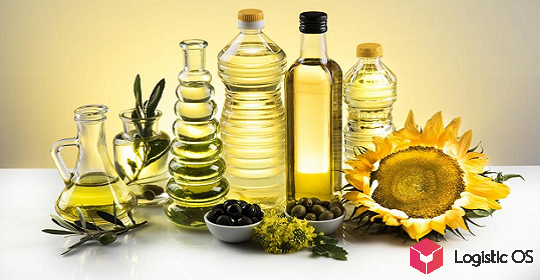India, which is one of the leading rice exporters, plans to increase production volumes using digitalization of agriculture.
In addition to increasing productivity, additional goals are being pursued. In particular, improving soil health, reducing environmental impact, increasing the profitability of farmers.
What technologies are planned to be used?
First of all, we are talking about a variety of sensors that will transmit data in real time about the condition of the soil, the level of its moisture, the condition of the crops, and so on.
In addition, it is planned to actively use drones to conduct aerial photography.
It is planned to process all this data using artificial intelligence.
It is also expected to widely use the Internet of Things so that all specified devices can send data there for subsequent summarization and analysis.
In the future, this should help in drawing up a full-fledged agricultural map of the country, where all promising and problematic fields will be visible.
Collecting a large amount of information about irrigation, fertilization and other similar activities will make it possible to find out in which regions which agricultural methods are most effective, which will improve the results of lagging farms.
Rice remains a popular crop around the world
According to a USDA report, a number of countries are interested in buying even more rice.
First of all, we are talking about Asian countries: China, South Korea, Malaysia, the Philippines. The latter country, for example, may purchase a record 3.8 million tons of rice this year.
Despite its small size, the Philippines is currently ahead of countries such as the EU, China, Indonesia, Nigeria, and Iraq in rice imports.
At the same time, a number of countries, according to the same report, may want to reduce the amount of rice purchased this year. Among them are Brazil and Egypt, Indonesia and North Korea, as well as Vietnam.
Total global rice trade this year is projected to be around 52 million tonnes.
At the same time, India is one of the main suppliers of this type of product to the world market.
This country has already exported 75 thousand tons of rice, but at the same time it has introduced a ban on the export of white rice.
This measure was introduced in order to protect its own food security, but at the same time it caused concern among many importing countries, since it could in the future affect the world market: reduce supply and cause price increases.

